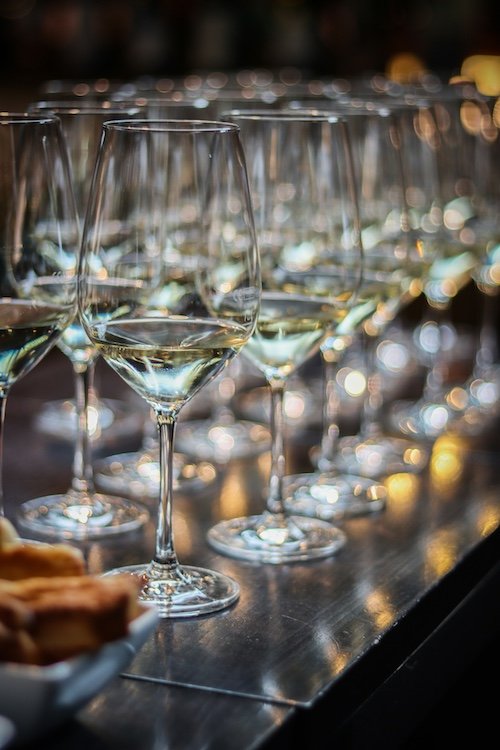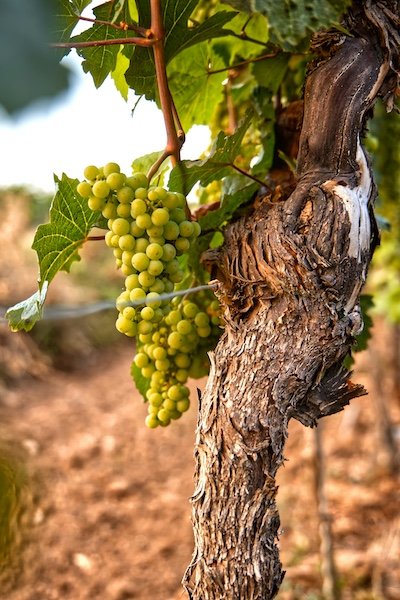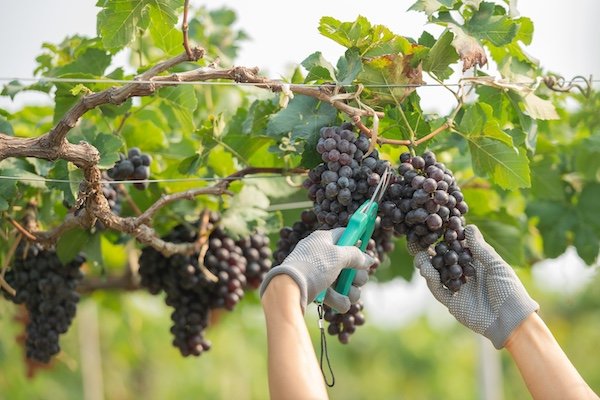At the origins of champagne: a still wine
Contrary to what one might think, Champagne wine has not always been effervescent. Until the 17th century, the region mainly produced still wines (without bubbles), often red. These wines, made from grape varieties such as Pinot Noir, were in competition with Burgundy wines.
But a natural phenomenon observed over cold winters — a secondary fermentation in spring — began to create bubbles in the bottles. This "defect" intrigued as much as it worried the winemakers.
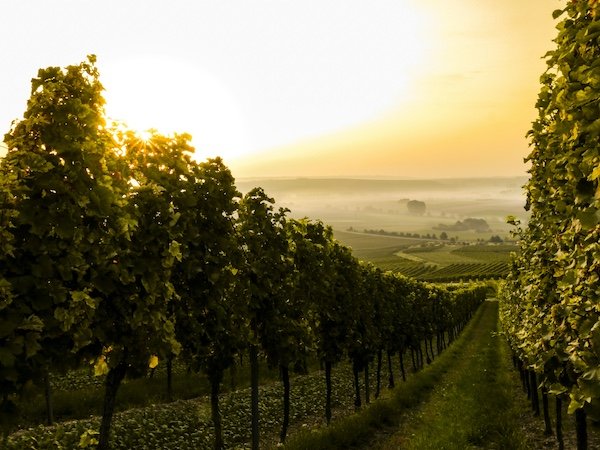
Dom Pérignon and the myth of the bubble
This is where the legendary name of Dom Pérignon appears, a Benedictine monk from the abbey of Hautvillers. While he did not "invent" champagne strictly speaking, he perfected the blending of grape varieties, improved vinification techniques, and worked for consistent wine quality. His work made it possible to master the foam formation and better resist pressure in the bottle.
The modern champagne bottle, the cork stopper held by a wire cage... all of this was put in place at this time.
"I am drinking stars!" Dom Pérignon is said to have declared when tasting his first champagne. While this quote is probably apocryphal, it perfectly illustrates the magic of this wine that continues to make us dream.
From nobility to worldwide export
In the 18th century, champagne became a prestige wine, adored by European royal courts. Emblematic houses such as Moët, Veuve Clicquot, and Bollinger were born. Champagne forged a luxurious image, a symbol of French refinement.
This influence has crossed the centuries. Today, it is consumed worldwide and protected by a strict controlled designation of origin (AOC), governing its terroir, grape varieties, and production.
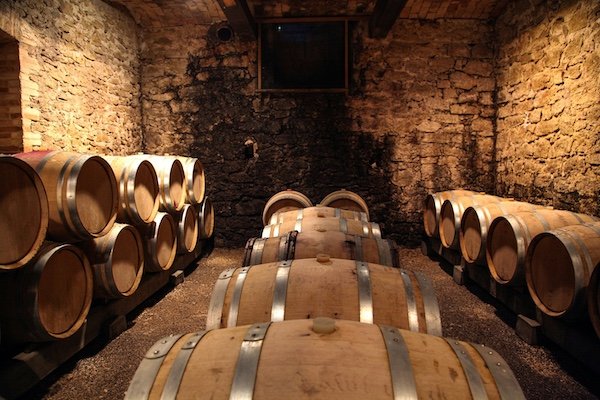
A living tradition carried by winemakers
While the great houses have participated in its fame, it is also independent winemakers who keep the soul of champagne alive. Among them, Maison Roland Champion, located in Chouilly, a classified grand cru of the Côte des Blancs, has perpetuated an artisanal and committed approach for several generations.
Through signature champagnes, balanced and expressive, the house embodies this bridge between history and innovation, between respect for traditions and a look towards the future. Here, each cuvée tells a story, that of a terroir, of family know-how, of a passion never altered.
"Champagne is the only wine that leaves a woman beautiful after drinking." This quote from Madame de Pompadour testifies to the mythical aura that has surrounded this wine for centuries.
Madame de Pompadour
Champagne today: between art, science and emotion
Today, champagne continues to evolve. New practices are emerging: sustainable viticulture, single-plot cuvées, low dosages... Consumers approach it differently, with curiosity and demanding standards.
But one thing doesn't change: champagne accompanies the strong moments of our lives. It celebrates, brings together, soothes, illuminates. It is both timeless and resolutely modern.
